This is the story of my most epic failure as a young entrepreneur, and exactly how to create a product that nobody wants. Begin: The iStash Story.
While I did end up creating a product that over 6,000 people bought and thought was awesome, this is by no means the right way to go about starting your business (as you will soon see). If you want to learn how to do things the right way, check out my post on How to Start & Grow a Side Business While Working a Full-Time Job.
If you’re still looking for some inspiration or direction before getting started with your own venture, check out my massive list chronicling the best side business ideas and find one that aligns with your unique entrepreneurial strengths.
Here goes $6537.00 worth of advice, and one hell of a learning experience.
You can join my online course on Starting a Business While Working Full-Time for even more insights, tips, and experiences on how to create a product, service, or online business.
It was 2009. I was a Sophomore in college at Chapman University, in the heart of beautiful Orange County, CA. My friends and I regularly went to concerts, music festivals, and live events around the state. At these events, we often liked to enjoy the occasional (decriminalized-ish) recreational marijuana cigarette.
We didn’t look quite as cool as President Obama does here, but you get the picture.
One Friday night during the fall ’09 semester, we were at a Kid Cudi concert at Club Nokia in downtown LA. After only half of our group making it through security without getting our spread out stash of a few poorly rolled joints taken away, we proceeded in and headed down as close as we could get to the stage.
Once the concert got underway, you could start to see little puffs of smoke emanating from around the crowd as people began smoking what they had brought in. So, we thought it would be the appropriate time to do the same. Man, were we wrong.
It took about 30 seconds for two huge security guards to show up, confiscate our joints, and almost kick us out of the concert. We got very lucky that we never got in any trouble with that one.
As we stood and semi-enjoyed/semi-looked-over-our-shoulders for the rest of the concert, I was thinking of how we could avoid both of the unfortunate events that had already occurred tonight. Number (1), half of our joints being taken by security at the entrance and Number (2), getting caught smoking in the crowd.
Well it turns out, the answer to Number (2) is pretty simple: don’t be stupid. I solved that one in just a few minutes of critical thinking.
Number (1), now that was a slightly more complicated problem, requiring a more creative solution.
Concert and festival-goers worldwide are familiar with the usual methods of sneaking contraband past security. The most common of which being in your sock, bra, or waistband (if not more disgusting places). The problem with these typical methods, however, was that any half street-smart security guard who cares, is going to know where to check. I wanted a safer solution.
While I was standing there, swaying to Soundtrack 2 My Life, I was taking notes on my iPhone 3G of what I thought were some of the most ingenious ideas ever for stashing your (_____). As I was holding my phone, it suddenly came to me.
My “AHA Moment” went a little something like this…
“Whoa. What if you could hide your weed in your iPhone?”
Now if that isn’t profound, I don’t know what is. I felt a bit like Adam Sandler from The Hot Chick, imagining explaining this one to my parents.
And so the idea was born. The iStash.
How can I turn my iPhone, that I take everywhere I go, into an effective stash device? Nobody would ever suspect that such an innocent piece of common technology could harbor illicit substances.
Since then, I’ve spent countless hours researching the most profitable business opportunities, and came up with a breakdown of 101 best business ideas.
After a few days, I still couldn’t shake this idea despite how juvenile I also thought it was.
At the time, I was reading The 50th Law, a surprisingly insightful book by Robert Greene and 50 Cent (yes, you read that correctly, 50 Cent). The two core principles of the book were on strategy and fearlessness. I give myself half credit for at least having 1 of 2 at the time, and let me tell you it wasn’t strategy.
I made a commitment that I would prove to myself I could create a product and launch a business at 19. To this day, that single decision was one that would shape who I’ve become.
Now what comes next?
I had to figure out how I was going to make a product and then turn around and sell it to the masses of live music fanatics around the world. Easy enough, right?
Well, at the time I happened to know exactly nothing about product design, computer aided design, manufacturing, international shipping, warehousing, distribution, creating a website, selling products online, digital marketing, or generating buzz around a product launch.
The one thing I did have though, was a serious drive to prove that I could pull this off. I had already told my friends and family about this, so I couldn’t back down now and look like a jackass (hint: don’t let the fear of being embarrassed cloud your judgement).
Very early on in my brainstorming around this product concept, I ruled out the idea of an iPhone case that could serve as a stash container simply because it would add way too much bulk to the back of an iPhone if I wanted to be able to include a lighter-sized object inside of this device. It would have to be it’s own standalone device.
I started where many a first-time entrepreneur thinks to go first. I spent hours drawing out what my product should look like and included the features it’d need to work properly. This is conveniently where I also encountered my first problem, I sucked at drawing.
So I asked my friend Derek, who is an amazing digital artist to use some of his magic and help me come up with some concepts.
The designs he helped me come up with turned out great. Way better than anything I could’ve done on my own, and he didn’t charge me a thing for his time and skills.
Now that I knew what this thing should look like, I thought it was time to make some prototypes. I pulled up eBay and ordered 10 toy iPhone replicas from China that I could tear apart and give a go at turning them into the first proof-of-concept for the iStash. These were the days before Alibaba was well-known in the US, unfortunately. I highly recommend sourcing international manufacturers on their platform if you have no direct connections, yourself.
A few weeks and a half dozen trips to Home Depot later, crafty Ryan emerged with 10 fragile iStash prototypes. They looked exactly like an iPhone 3G, yet had a cool flexible hinge system rigged up on the inside that allowed you to pop the screen open and hide your goods discretely inside. I was pumped.
I immediately hopped onto eBay again and started contacting the Chinese factories that sold the toy iPhones from and asking if they’d be able to help me manufacture a new product. 5 out of 10 factories never responded, 3 had nobody who could speak English well enough to communicate with me, and 2 said they’d be interested. I shipped a sample to each of those 2 factories, but never heard back from them (never do this).
[Update expanding on the above upon request of HackerNews User pavel_lishin: The #1 reason why I would never recommend blind shipping prototypes or early production samples to unverified “factories” would be that you simply just don’t know who’s actually on the other end, receiving something that you worked very hard to create. It could be a legitimate factory who intends to try and do business with you, it could be a terrible factory that makes a living on poaching new ideas & mass producing them, or it could just be a single person under the guise of a “factory” just collecting potential products to manufacture. Lots of possibilities here, so it’s important to only work with verified trustworthy sources (from my experience sending out prototypes and never hearing back again).]
After spinning my wheels for a couple of weeks on trying to locate a manufacturer for the iStash, I had a game-changing conversation with one of my Fraternity brothers, Wes. His family was in the importing business and had a lot of connections to Chinese manufacturers in various industries – people that already knew how to successfully create a product and mass produce them. He connected me with one of his cousins, Pat who was responsible for introducing the concept of protective sleeves for trading cards around the time when Pokemon cards we’re huge.
We came to a consulting agreement that he would locate a reputable factory and help me manage the production, shipping, and warehousing logistics of this business. Pat’s the man. A couple more weeks pass by and we’ve nailed down the factory to use for production. Now’s when things get real.
Time to wire $7,000 to China that’ll cover just the cost of the production mold that’ll be used to stamp out the iStash en masse later on.
I was fortunate enough that I could self-fund this business from past summers spent pouring concrete with my dad’s construction company (yikes).
So, the money’s wired internationally, and now I wait in silence while they get started. A month goes by and out of the blue I receive the first real production sample, but something’s not quite right about it…
I don’t know about you, but this probably wouldn’t pass for a real iPhone by most people’s standards. Back to the drawing board with the production mold and another month goes by before another round of samples can make their way to me.
This time we got it right, and I give the green light to produce the first 1,000 units. Wire another $3,000 to China. Mind you, at this point I’ve invested almost $10,000 of my own funds and still haven’t earned a dollar in revenue. Anxious would be a great way to describe my sentiment at the time.
Here’s the final product.
I also still don’t have a real plan for how I’m going to sell these first 1,000 units once they do arrive. Soon enough, I come home from class and have 25 big boxes of iStashes sitting at my doorstep. Ho lee shit.
Right away, I finish setting up my online store with Big Cartel and click save. Now the sales come flooding in, right?
Not quite. I neglected to secure any presales, line up distribution deals in advance, or even gather an interest list of stores who would be interested in carrying the iStash. All things I could’ve been doing once I had my final prototypes, waiting for the first round of product to arrive (or earlier, which I highly recommend).
My first wholesale deal into a retail location was landed from yet again another Fraternity brother connection, Richard Lin, who happened to own a few cell phone accessory & repair shops around Orange County. Now my product was on store shelves, but it wasn’t selling.
I know, I should do a trade show! Another few thousand dollars spent on booth registration, bare bones signage, hotel room in Vegas, and miscellaneous expenses. Thanks to my awesome best friends who came out and helped me for free, the trade show proved to be a major success in a so far half-baked plan (no pun intended).
The trade show that I chose, happened to be one of the largest shows in the world for smoke shop and novelty store owners to frequent and scan for new products they can carry on their shelves. I ended up paying off that trade show in just cash deals over the three days we were there. I made a lot of contacts that would go on to comprise my limited distribution network of retail store owners.
Not much came by way of re-orders over the next few months, and I again found myself twiddling my thumbs a bit. But, the good news was that I had blown through almost all of my initial 1,000 units and I was starting to feel like I may be onto something here. I was still in the hole big time, financially.
Out of sheer excitement from my first feeling of success with this business, I placed a large order of 5,000 units with my factory in China to drop the unit price down significantly on the next production round.
Break out that shovel and dig a deeper hole, Ryan. Nice.
This time, I arranged for the shipment of product to stay up in Seattle at my consultant’s warehousing facility and we made a deal on drop-shipping costs for his guys to ship out my orders as they came in. This was a very smart move towards scalability.
The next couple of months were relatively slow. Larger distributors turned down working with me because of the high retail price point ($19.95) and lack of strong enough margins for it to be worth their investment. All signs were pointing towards needing to drop the retail price on the iStash for it to really start moving. By this time, I was starting to get a little worried and wanted to shed some inventory. I set the price on my online store to $9.95.
Since my cost was right around $3.00/unit landed in the US, I didn’t have much to work with in terms of selling to a reseller who would need at least a 100% markup in order to turn a profit on selling the iStash.
I was in an interesting predicament where the perceived value of my product was much closer to $10 than $20, yet I didn’t have the margins built in to be able to sell any other way than direct-to-consumer. Any smaller margin than that and it didn’t even justify spending my own time on it. This was a pretty serious realization.
Over time, orders would trickle into my online store, a few per week typically at most. I wasn’t doing much to go out and drum up interest, seek press, or drive in web traffic at the time, because I didn’t know how to do that and I wasn’t currently motivated to learn how (guess I never found the right motivational quote to kick mass ass into higher gear). Anyone who discovered my product was likely finding it from Pinterest or Fancy.com, which I’d later go on to write an eBook about.
For each order that came in during this dry spell, I’d send them two iStashes and include a hand-written thank you note. I’d also look these people up online and see if there was a possibility to build a business relationship with them. I often received warm thank you emails from these people, saying that I made their day.
One of those orders eventually came from Ben Dahl, the Senior Editor at CoolMaterial.com, one of the most frequented online destinations for discovering new gadgets, gear, and men’s style tips. I still keep up with Ben today, he has been a great source for helping me reality check the viability of a business.
Once I looked up who Ben was, I shot him an email after he received his iStashes in the mail. He thanked me for hooking him up with an extra iStash and let me know that he had passed one of them to a fellow editor at CoolMaterial to see about getting it featured on the site.
The next morning, my inbox blew up with orders… Ben got the iStash featured on the homepage of CoolMaterial that gets tens of thousands of visitors a day.
Immediately after that initial influx, other popular websites like Complex and Reddit began sending in a ton of traffic to my online store. Fancy.com featured the iStash on their homepage for a few weeks and included it in all of their email campaigns. Andy Feliciotti of AwesomeStuffToBuy.com reached out and featured the iStash, as well as shooting a high quality demo video.
The iStash was on fire.
Even Troy Polamalu joined in on the fun. I’m thinking he used it to store signed trading cards to give out to kids.
By this point, I had almost sold out of my entire stock of iStashes and it was time to either place another order, or call it a day. I chose the latter. Thankfully, since all of the orders that came in through my online store were sold at my highest possible margin (with generous shipping costs built in), I had dug myself a good amount out of the hole I was in financially by this point.
I was still behind by $6,537.00.
All things considered, I thought this was a great place to stop (i.e. time to stop hemorrhaging money) given how much I’d learned along the way about how to better create a product next time.
As my dad put it to me a couple of years later, this was a more valuable learning experience than most of college probably was, and it was a hell of a lot cheaper.
You won’t learn these types of lessons in your average online business course.
Here’s Where I Went Wrong Creating a Product (and What You Can Learn from It).
Where do I even start?
It doesn’t take a rocket scientist to piece together where some of my worst moves were given this beautiful story above, but then again hindsight is 20/20. Here are 8 of the most important lessons you can learn from my experience with the iStash.
1. Validate Your Business Idea.
I can’t stress this one enough. In my post on How to Start & Grow Your Business While Working a Full-Time Job, I talk at length about how to go about validating your business idea quickly, effectively, and objectively. Don’t spend your valuable time chasing an idea that doesn’t have a highly targeted (sizable) market that’s willing to pay for what you’re offering.
More importantly, you need to carefully learn how to avoid getting fired while you start your side business, it can be a very tricky landscape to navigate.
If I had truly taken the time to do my homework on if the iStash would be a viable longterm product, I would’ve learned that aside from being a tremendous learning experience, it wasn’t really worth my time and financial investment. Especially if I had gone through the effort of learning about all of the incredible online business tools that would’ve helped me validate my concepts quicker and easier.
I really fumbled on the pricing aspect of the iStash in particular.
I moved forward the entire time assuming people would be willing to pay $19.95 for the iStash, without actually doing any real objective testing. In hindsight, I would have slapped myself and gotten outside of my comfort zone to go and gather real data on what people would be willing to pay for this product (and sign them up for my pre-launch interest list).
2. Leverage Your Relationships.
This is one that I did pretty well, but one can always do it better. I continued to leverage my relationships with Fraternity brothers, friends, University professors, and countless connections I had made along the way, to make the things happen that I didn’t have the skills to do myself.
Be honest with yourself about what your strengths and weaknesses are. For me, I started a blog because I know that I can tell a good story through fun blog post ideas, email, or on social media and drive traffic to my blog.
That’s my basis for connecting with people, so I focus on that ability. I also know that I couldn’t code a full website on my own to save my life, but leaning into this strength has led to the creation of many new ways I now make money blogging—like blogging courses, a podcast, consulting gigs, multiple remote jobs and more.
Pick up my Free Skills Assessment Guide and decide what you’ll either need to learn for yourself, or outsource to a freelancer, employee, or business partner. I also give you some tips on where to locate some of the best remote contractors online.
3. Don’t Get Emotionally Attached.
More specifically, don’t let your sheer excitement in thinking about being self-employed or making a million bucks this year dictate your business decisions. There’s something psychologically that happens once you begin to tie the pressure of wanting to quit your job and be free to work whenever you want, to the success of your still fledgling business (or idea).
I got very invested in the iStash as an idea, and that became representative of my success (or failure) in my mind. There’s an intriguing internal pressure that begins to build when you connect your business to your feeling of self-worth. If you’ve felt it, you know what I’m talking about.
This feeling can cloud your judgement and make you more likely to continue trying to force something to work. Even if it’s something you’d otherwise take an objective look at and decide to cut your losses & move onto something new.
4. Know Your Target Audience.
Who’s going to pay for the product or service you create? This is undoubtedly the first question you need to ask yourself before traveling too far down the road of bringing your idea to life.
You need to know what they’re willing to pay for the solution your product or service offers them. I initially tried selling the iStash for $19.95, but at that price point, it just wasn’t appealing to most people. After doing some testing with the pricing on my store, I found that $9.95 was a much better balance of price vs value for my consumers. The iStash was viewed more as a novelty than something that provided an overwhelming amount of utility.
The problem I encountered with my new pricing strategy was that I effectively cut my profit margin in half. Thus, significantly extending the duration of time it would take me to break even on this single-product business. This leads me to my next point.
5. Don’t Be a One-Trick Pony.
Single-product businesses are notorious for failure. It’s great to be known for doing one thing very well, but don’t miss the point here.
Start with just one specific product or area that you’re focused on serving, but have a plan for what you’re going to do next to further your reach into the industry, diversify your sales channels, and acquire new customers. As soon as someone else sees that you’re successful with what you’re doing, I guarantee that an imitator will be no more than a few steps behind (and they’ll probably have more resources than you). Continue to grow, innovate, and offer true value to your customers.
6. Be Brutally Honest With Yourself.
Ask others to do the same. You need to gather honest feedback on if your solution to a problem is indeed the best possible way to satisfy that need. With the iStash, I never truly allowed the question of “isn’t it weird to have 2 iPhones with you?” to rise to the surface of my thought process. Taking the time to discover your strengths as an entrepreneur is step one in this process.
If I had truly allowed myself to focus on need-satisfaction instead of working within the confines of an iPhone look-a-like device that pops open with a fragile hinge system, I would’ve come up with a better solution for my customers.
7. Have a Plan.
Sounds simple, but it’s not. Unless you’ve gone through the process of launching and growing a business in the past, it’s natural to miss a lot of the essential planning elements as you create a product that has the chance of becoming successful. In my opinion, success is a formula of creativity, hard work, planning, and relationship building.
With the iStash, I tended to stumble my way through each step of the business and address them once I got to the next phase, instead of planning ahead and using detailed future plans to inform on my decisions in the present.
There’s an art to planning and setting yourself up for success. I dive much deeper into that topic in my course on How to Start & Grow Your Business. You can join the Waiting List here.
8. Get People Excited.
If you can get someone excited about your product or service, you’ve already won half of the battle. One of my favorite ways to build excitement and buzz around a product or service before it even launches is with viral referral programs.
Take the incredible recent example of RobinHood. They’re offering a zero-commission stock brokerage service to anyone who signs up in their pre-launch phase. The last time I checked, they had over 330,000 people in line to get access once they launch. Talk about building excitement.
They utilized an ingenious social sharing strategy on the Thank You Page after signing up. You’re offered the opportunity to bump up your spot in line and get earlier access based on the number of friends who join from a referral link you’re provided.
Do you have any epic failure stories? Comment below with the #1 most important lesson you’ve learned as an entrepreneur.
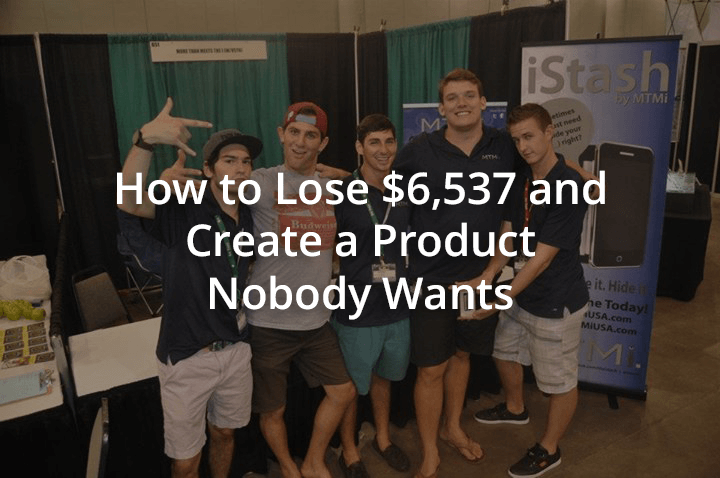



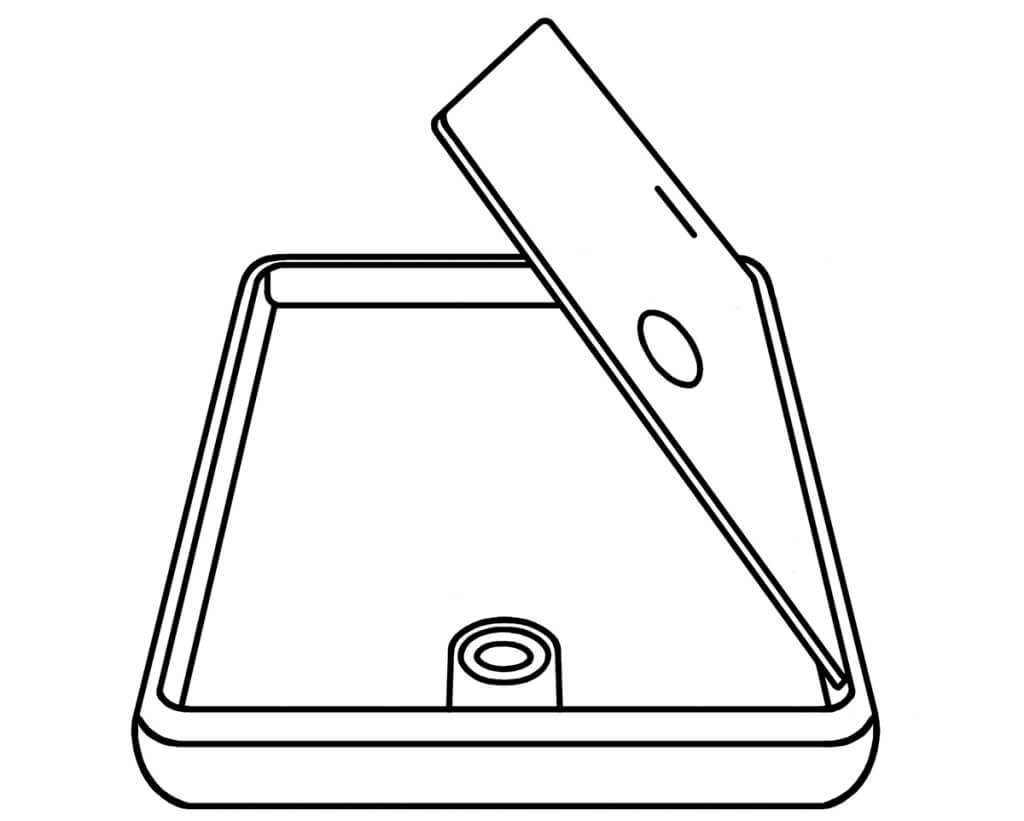

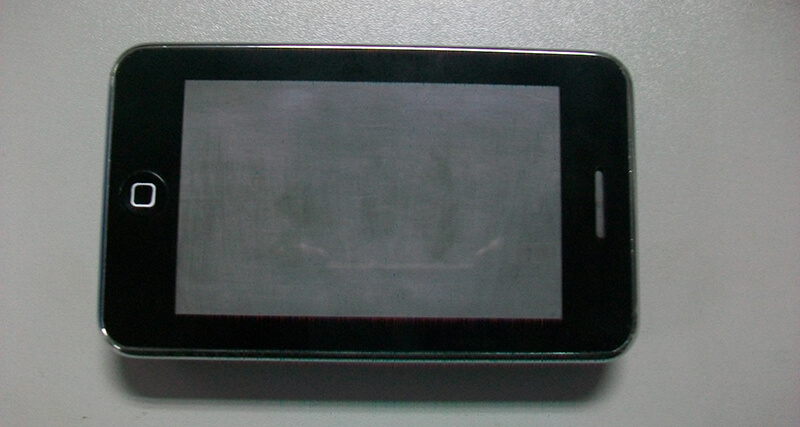
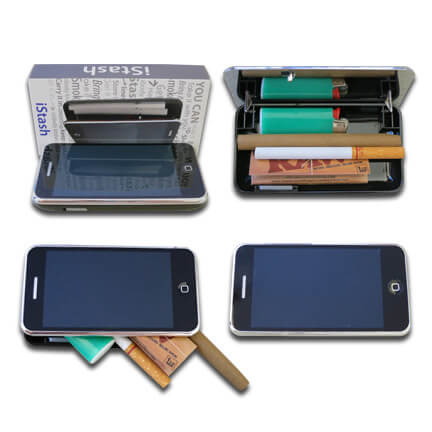
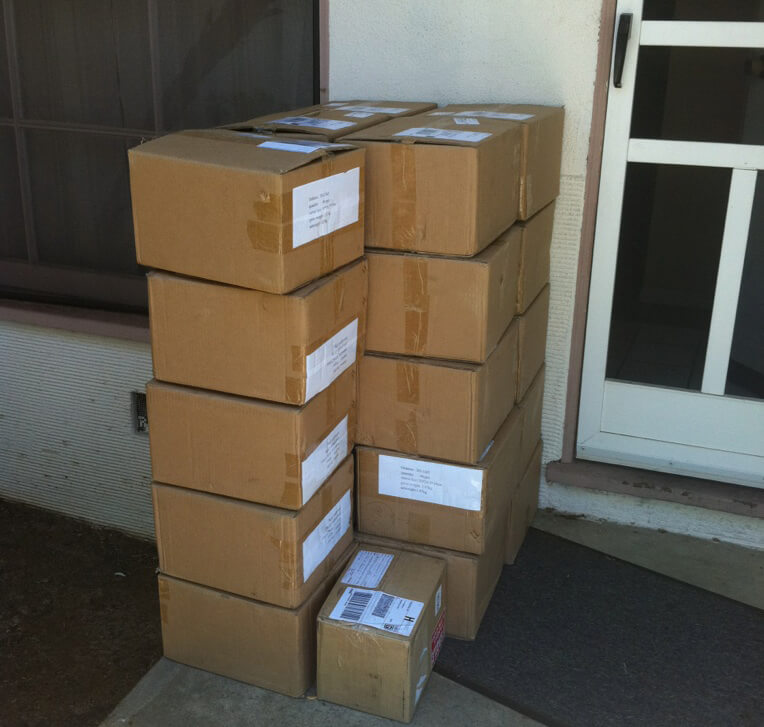
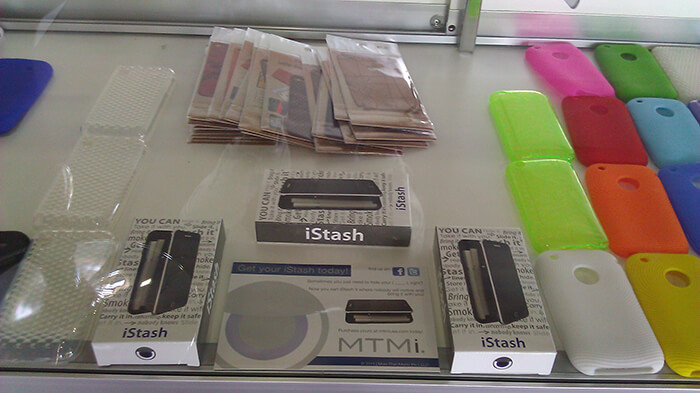
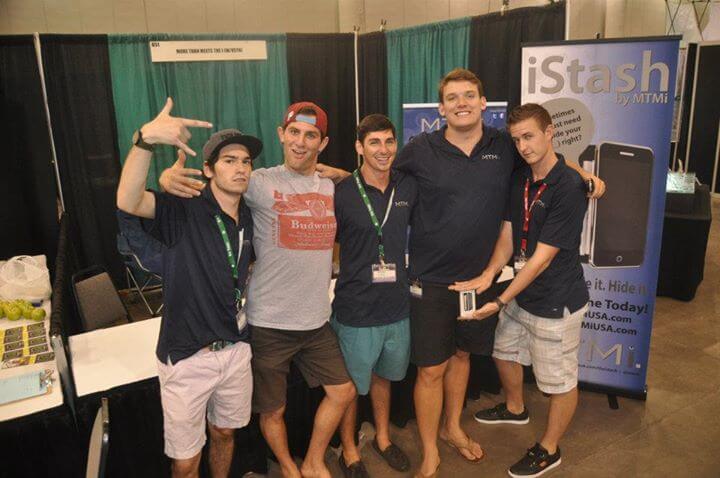
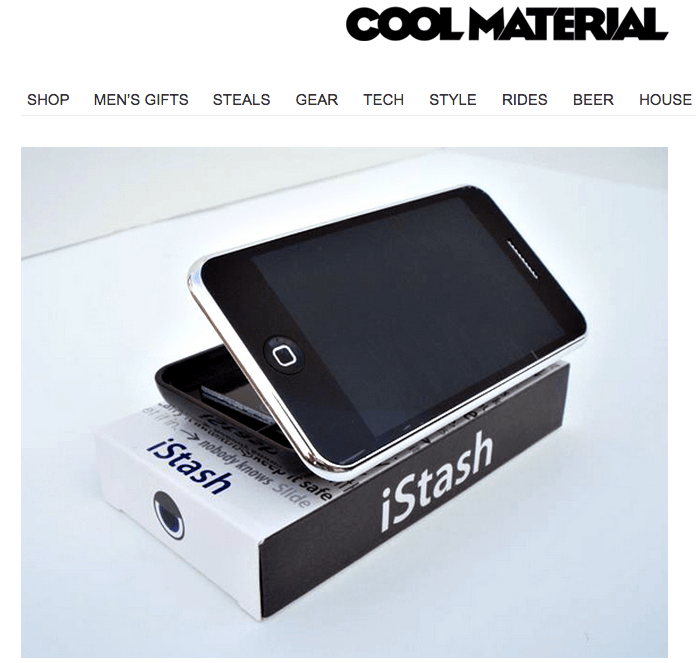
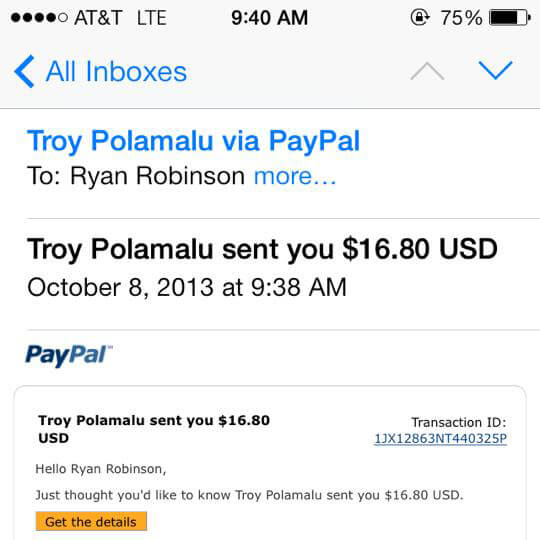

You are genious… salute to you and your ideas sir
Thank you for sharing such priceless information, especially the part about emotional attachments.
Thanks, great points, especially understanding your skillset and not being a “One-Trick pony”
I have been running a failing business for years. Holding on to it has been my one greatest mistake. Can you write one of these articles on how to fail fast and shut down a current business that has become a cumbersome?
Thanks for the honesty, Pete. It’s great to hear the introspection about where you’re at. Do you mind me asking first, what you’re going to do since you’re in this situation, yourself? I’d love to workshop out what this post could look like, with you here.
I’m thinking that the overarching theme of the post will revolve around the importance of understanding how to validate a business idea (and do that properly), so that you don’t get into a business that either doesn’t have large enough of a market (would you say that’s a big contributor to yeehawgear?), making your brand stand out to the people who are within your target market, and setting realistic goals that need to be attained before jumping into the business full-time.
What else would be helpful to hear about (specifically) in an article about failing fast and knowing when to shut down a business. I can provide some benchmarks & evaluation criteria, but the problem with saying something like, “your business needs to be making $x/month” or even a percentage of your day job’s income per month, is that each and every one of us have a different risk tolerance, living expenses, financial resources, etc. It’ll be very anecdotal in the sense that the answer really is, “it depends” and it’ll depend heavily upon your ability to objectively look at the tell-tale signs – the writing on the wall.
Mind shooting me an email at [email protected]? I’d love to include some q&a with you in the post if you’d be up for it.
Typing out an email now, Thanks Ryan.
Interesting article. Guess what? I saw the iStash at my local smoke shop earlier last year and thought it was such an awesome idea and well made. I didn’t buy it at their $24.99 price tag because their prices are generally higher than most; I figured I’d go online and see how much it was going for.
I remember seeing it online, but it was sold out. Fast forward to last week when I went into that smoke shop and was thinking about the iStash. Lo and behold, she still had a couple. And I purchased one!
I enjoyed reading your article. Ironically, your title reads “How To Create A Product Nobody Wants…” and I thought it was such a smart and useful product that I had thought about it months later and finally purchased it. Thanks for creating it! 😀
I was thinking the same thing, I thought “What about me? I want one!” What a cool product!
Haha thank you! I wish I had more for ya ☺️
Haha I love that! Thanks, Jessica. I guess “nobody” can be a pretty relative term 🙂
Amazing!
Thanks Ryan — what a story and look how it’s launched you!!
no money , no idea,i really don’t know what should i do
Hey Tom,
I’d recommend taking my free course on Finding a Profitable Business Idea.. you can sign up right here for free (https://www.ryrob.com/find-business-idea/). Commit to taking the entire course, go into it without any expectations on what you need to achieve during the course, but just completing the process will teach you an incredible amount about yourself, what you’re motivated to do and what type of business would best suit you.
Ryan
Hey would you mind letting me knoww which hosting company you’re
workin with? I’ve loaded your log in 3 copmpletely different web browsers and I must say this blog
loads a lot faster then most. Can you suggest a good hosting provider at
a fair price? Cheers, I appreciate it!
wow I’m very impressed Ryan that a person can start something so huge without thinking twice.
Do you think it was a mistake to stop producing the iStash since the EDM festivals/Concert Venues have become such a big thing in young generation culture?
Great question! It wasn’t a mistake for ME to stop producing them, since it wasn’t the right business for me to be in.. I was never what I’d consider to be a consumer of the product, which is a death spiral waiting to happen.
I think with some design changes to the product and the right distribution channels & press features, it could definitely be revived in a new way though!
But wouldn’t you have rather continue with the iStash to get at least your initial investment back? Or is it because you didn’t want to continue with it because it was taking up to much of your time and it wouldn’t have been worth it to continue with it?
I mean obviously with iPhones changing year to year of it getting larger and thinner your design would have to change every couple of years to keep up the appearance of the real thing but wouldn’t that keep customers coming back to buy another one.
In my opinion I think you sold yourself to short and stopped to soon. The market for concert merchandise/Music festivals merchandise have just grown sooooooo much in the last couple of years and continue to grow! Plus with eBay/Amazon FBA/Dropshipping/Shopify/Cartel becoming such a powerhouse on the internet I think you would have continued to do well with the product.
Anyways awesome article can’t wait to read the other articles this week : )
Same answer as above! Haha.
It would’ve sunk me even further financially in order to invest in the product, just to get the investment “back” down the line. Plus, my margins were too thin with the production design I was using (cost to re-tool and get a new production mold was several thousand more dollars) meant I’d have had to sell many thousands more iStashes to net a positive return. Something I didn’t WANT to do for a product I no longer personally believed in 😊
Plus, I ended up being synical about the product after a point. More than anything, I think I was just done with it.
Want to give it a shot yourself with a new design facelift? I can connect you with the factory I used.
Epic failure story.
At age 17 (im 43 now), I developed a time management system, that was in use for over 10 years by now a famous architectural company. What a success 🙂 back in 1997-99 (what jolly good old days, the internet was still new)
What I didn’t do, was thinking about the system as a real business, from back then and until now the market for such systems has exploded.
So the lesson I have taken with me – and for any potential readers – always seek advice from professional business developers, if your idea suddenly takes off, or are in some kind of production.
Since then i enjoyed life, had my ups and downs – now feeling ready to try start my own business, which is why I am here.
ps. theres “no better” feeling, but to complete an actual product or service and charge money from it. Then your business becomes you. (at least thats how i felt.) also my story above brought me several excellent jobs, when i was still very young.
I love that! Thanks for sharing, Troels 🙂
the determination and dedication are also important for anything that you’re doing!
Always inspiring to read your posts! I am almost reading each and every one of them on this site. God Bless You!!
You found an oldie here, Ian! Thanks for the kind words 🙂
Wow, this was an awesome read. When I was younger I was obsessed with inventing something. I was almost positive that I was going to invent something that would be a wild success. I came up with multiple ideas on my own and would brainstorm for hours with my friend but nothing ever really came of it, just some fun.
Really cool that you actually followed through with a product idea and got to hold that idea in your hands. That must have been a great feeling. The fact that you knew someone with connections to manufacturers really opens my eyes to how important building a network is. That’s something I need to work on massively, but I feel like I’m so busy working on my online business that I can’t find time to network. I also just don’t know where to network or how to get started.
By the way, the fact that the product was made to be a subtle stash for weed is just hilarious and awesome. I’ve definitely thought of similar products before while walking through concert security, but a fake iPhone stash, that’s genius.
Anyway, I’m definitely going to try reading through more of your stuff. I feel like we have a similar mindset but you’re way ahead of me in experience so I could learn a lot from you. Thanks for the content.
Haha love it. Thanks for the kind words, Dylan! Yep, this was a hell of a learning experience.
Keep taking small steps towards building something you’re proud of every day, man. Nothing great is built overnight, so keep working at it. Feel free to ping me here if there’s anything I can ever help with! I’m [email protected].
This realistic successful business idea story is damn inspiring. I also look forward to something but never got clearly but I will not give up. It would be so helpful if you could encourage or can give some more briefing about it. I read your article in the Medium app and got to your website.
Thanks for the kind words, Jyoti! Glad you enjoyed my story here 🙂
I read an article on iStash many years back not knowing what it was and who the person behind it. Coming across this website filled those voids. Hats off to you for being entrepreneurial.
Now that I know it has something to do with a mobile phone it triggered me to relate to something similar. A hingeless hinge phone. You may be interested to view it. Good to know.
Wow, that’s really awesome to hear Jon. Thanks for the kind words, and I appreciate you leaving a comment here! Wishing you luck with your product 💪